
Though the descent of colder weather isn’t always a welcome change, it marks the start of a new season and all the festivities that come with it. Halloween, Bonfire Night and Christmas are undoubtedly fun occasions with plenty of celebrations with friends and family.
However, the season can also bring potential hazards. Candles, firework mishaps, overloaded sockets and overworked cookers can increase the risk of a fire.
Survey and claims data from Saga indicate a rise in fires and incidents during the festive season. However, it's not just fire claims that experience an increase. Accidental damage claims also surge, sometimes caused by unsettled or frightened pets.
To help Brits stay safe during the festive season, fire risk assessor Ian Thompson and former firefighter Adam Harper offer safety tips for celebrations, and dog behaviourist Debby Lucken shares advice on calming unsettled, anxious pets.
Saga’s home insurance product manager, Anna Thunstrom, also explains how to protect your home at this time of the year.
To make sure the only spooks during Halloween are from fancy dress costumes or scary films, it’s wise to be aware of potential fire risks.
A Saga survey of 500 Brits found that Halloween is the second-most hazardous holiday for fires after Bonfire Night. One in three (32%) respondents who experienced a seasonal fire said it happened on Halloween.
A common cause of Halloween-related fires is candle fires from pumpkins or decorations being accidentally knocked over. The flammability of some Halloween costumes, which are often made from synthetic materials, can also be a risk around candles. The average settlement for a Saga fire claim on Halloween is £3,259.

Avoid wearing long, trailing fabrics that could easily catch fire, and consider using face paint instead of masks, which can obstruct vision and lead to accidents.
Choose decorations that are flame-retardant or flame-resistant. Keep decorations like dried flowers, cornstalks, and crepe paper away from open flames and heat sources.
Use battery-operated candles in pumpkins and decorations instead of real candles. If you do use real candles, keep them away from flammable materials like curtains, costumes and decorations, and never leave them unattended.
Supervise children when they are near open flames, such as candles. Teach them how to stop, drop, and roll if their clothing catches fire.
Pets may also need additional care during Halloween, as they can become unsettled by frequent doorbell rings, large crowds of trick-or-treaters, and unsettling decorations or costumes. Spooked pets, even if they’re typically well-behaved, can potentially cause property damage.
According to data from Saga, the number of accidental damage claims on October 31st are 17% higher than the monthly average across October.
A Saga survey of 500 pet owners found that nearly a quarter (23%) said that their pets were more anxious or exhibited challenging behaviour that night, and caused damage including breaking ornaments or expensive tech.
“If your home or belongings are damaged in a fire caused by Halloween decorations or candles, for example, most standard home and building insurance policies will cover the cost of repairs and replacements. Building insurance covers damage to your home's structure, while contents insurance protects your personal belongings.
“Damage caused by negligence, however, such as leaving open flames unattended or not following basic fire safety guidelines, may not be covered. Insurers expect homeowners to take reasonable precautions.”
There are other instances where a standard insurance policy may not provide cover. According to Anna, “If there’s an unexpected accident, like a distressed pet damages an expensive item like a laptop, it would fall under accidental damage cover. This cover is usually an optional add-on to a policy and is typically not included in a standard home insurance policy. However, it's important to note that accidental damage typically doesn’t cover pet-related damage like chewing, scratching, tearing, or fouling. This would fall under pet damage cover, which is usually embedded in a higher cover level or more premium product.”
On Bonfire Night, Brits often enjoy attending large public bonfires and firework displays, but private home gatherings are also popular.
Saga’s survey results show that Bonfire Night is the most hazardous holiday – 60% of fires over the seasonal period occurred on November 5th. Notable incidents included a fire caused by a candle that resulted in a staggering £20,102 in damages, a loose firework going through a window, costing £570 in damages, and a neighbour’s bonfire alight too close to a tree, resulting in £225 in damages. Saga’s data reveals that the average settlement for a claim on Bonfire Night is £1,074.
Former firefighter Adam Harper explains that most fire hazards he encountered were due to the improper disposal of sparklers and fireworks. “These items pose a fire risk because they can retain heat long after use, and if discarded carelessly, they can ignite surrounding materials. It’s best to soak them in water overnight to ensure there is no chance of them setting anything alight.”
Poorly planned bonfires also carry significant risks. According to Adam, “Bonfires placed too close to combustible items like houses or vehicles can cause heat transfer, leading to secondary fires. Consider weather conditions and the surrounding environment before lighting any fire, as well as ensuring the safety of everyone nearby.”

Build bonfires away from trees, fences, sheds, and other structures. Make sure it's located in an open area, clear of flammable materials, and far from overhanging branches or power lines.
Use a proper ignition source like a firelighter rather than petrol or other flammable liquids. Light the bonfire from the upwind side to avoid getting caught by the flames.
Always have a bucket of water, sand, or a hosepipe on hand in case of an emergency. Make sure the fire is fully extinguished at the end of the night.
Follow the Firework Code, which includes buying fireworks from licensed retailers, storing them safely, and following the instructions carefully. Always look for a CE or UKCA mark, which indicates the fireworks have been tested and meet safety standards. Keep spectators at a safe distance, at least the length of a swimming pool, and never return to a firework once it has been lit.
Always supervise children when using sparklers, and ensure they wear gloves. Sparklers burn at extremely high temperatures, so dispose of them in a bucket of water immediately after they go out.
Accidental damage claims equally tend to rise around Bonfire Night. Saga’s pet survey further revealed that over half (54%) of owners noticed their pets were more unsettled and difficult to manage on Bonfire Night, mostly because of loud fireworks.
The frequency of Saga’s accidental damage claims on November 5th are 12% higher than the monthly average, with the average claim amounting to £1,376 and the highest settlement on this day reaching a staggering £16,609.
“Bonfire Night can increase the risk of fire-related accidents, so it's important to follow safety precautions. Negligence, such as leaving open flames unattended or setting off a firework too close to your home, for example, could invalidate your cover.
“Accidents because of guests or pets, such as a spooked cat knocking valuables over, may be covered under accidental damage insurance. However, this cover is often optional and may not be included in a standard policy unless specifically added."
Cover for sheds and outbuildings often differs. Anna explains, “These may be included in your building insurance for fire damage, caused by bonfires or fireworks for example, but it would only protect the structure itself against damage. You may need separate contents insurance for the belongings inside. However, it's important to review your policy limits, as there may be restrictions, usually outhouses have a lower level of cover than in your home. Garden furniture or personal belongings left outdoors are usually covered under a typical home insurance policy, but double check this with your insurer first; items typically kept indoors but left outside may not be covered.”
The lead-up to Christmas Day is an exciting time, but hosting parties and cooking for plenty can increase fire risks. Of those who experienced a seasonal fire, our survey revealed that one in five (22%) Brits had a house or garden fire over Christmas, with a further 10% experiencing a fire on Christmas Day.
Instances involved a house fire caused by a Christmas pudding setting the kitchen alight, costing £5,004, and a kitchen fire due to the stove being left on, costing £2,608. December was the second-most expensive month for fire claims, with the average settlement amount reaching £14,332 for Saga customers.
The average settlement for a fire claim on Christmas Day is £2,372.
According to Adam, “The most common fires are usually due to Christmas lights and overloaded sockets from decorations. While Christmas lights are generally safer today, they are often stored in bundles throughout the year, which can lead to damage. Additionally, people may not be aware of the dangers of overloading plug sockets, which can force electrical systems to operate at dangerously high levels.”
However, a frequently overlooked fire risk is a transfer of heat from a fireplace. Though it can look very festive and cosy placing a Christmas tree and presents next to a roaring fireplace, it’s important to maintain enough distance – about three to five feet to the side.
Adam notes, “This applies to both traditional style and gas fire heat sources. When combustibles, such as presents and Christmas trees, come too close to these items, they pose a significant fire risk.”

If using a real tree, choose one that's fresh, with green needles that don't fall off easily. Keep it well-watered to prevent it from drying out and becoming a fire hazard. Place the tree away from heat sources such as fireplaces, radiators, and candles.
Use lights that meet safety standards and avoid overloading electrical sockets. Inspect all Christmas lights for frayed wires, broken bulbs, and loose connections before use. Always turn off Christmas lights before going to bed or leaving the house.
Place candles in sturdy holders away from flammable materials like curtains, decorations, and the Christmas tree. Never leave candles unattended and extinguish them before going to bed.
The kitchen is one of the most common places for fires to start during the holiday season. Never leave cooking unattended, keep flammable items away from the stove, and avoid wearing loose clothing while cooking.
If you have a fireplace, ensure it's clean and free of obstructions before use. Use a fireguard to prevent embers from escaping, and never burn wrapping paper or other materials that could cause large flames or dangerous sparks.
“While fire damage is generally covered under standard home insurance, it’s important for homeowners to be cautious and take preventive measures. Proactively addressing fire hazards can help prevent accidents and minimise the likelihood of claims."
The views of the experts cited are not the views of Saga.
Saga surveyed 500 British homeowners about seasonal-related fires over Halloween, Bonfire Night and Christmas Day to understand the most fire-prone celebrations. Some respondents had more than 1 fire so the percentage spilt of fires on each celebration exceeds 100%.
Saga also surveyed 500 British pet owners around their pet’s behaviour and anxiety levels during these celebrations. Both took place September 2024.
Saga analysed all available years of complete claims data (2018, 2019 and 2022) to identify fire and accidental damage claims and settlements.
Whether you're looking for straightforward insurance or cover that's packed with extras, our home insurance has plenty of options for people over 50.
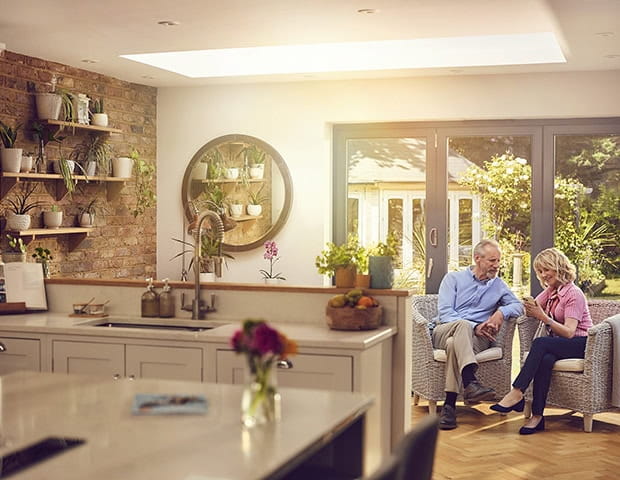

Choose our highest home cover level Saga Plus and freeze the price of your home insurance for 3 years if nothing changes. T&Cs apply.
There's plenty to explore and learn about our home insurance cover.

Repair or replace belongings around your home after accidental mishaps and unexpected damage.
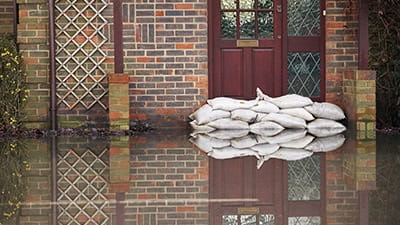

Get to know the ins and outs of our home insurance and how you can make the most of your cover.
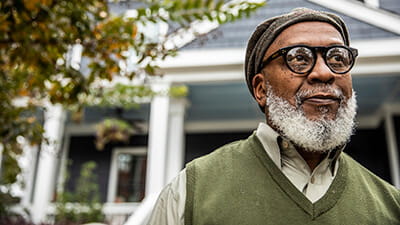
Protect your property with buildings insurance. We offer up to £1 million cover, three-year fixed price and no cancellation fee.
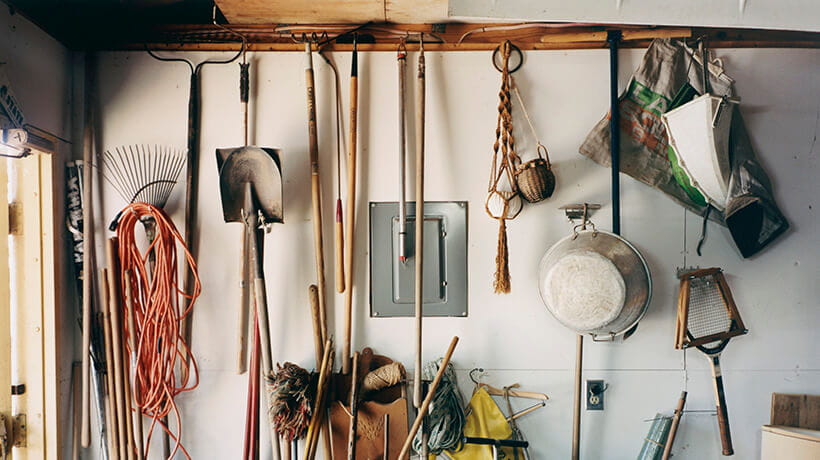
Does a home insurance policy include your garage contents? Read our garage insurance guide.
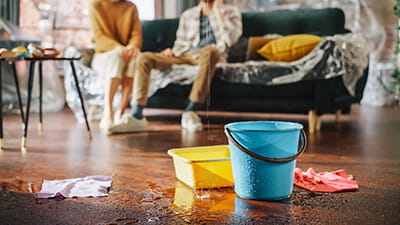
What does it mean? Here’s how home insurance can help with get things back to normal after a leak.
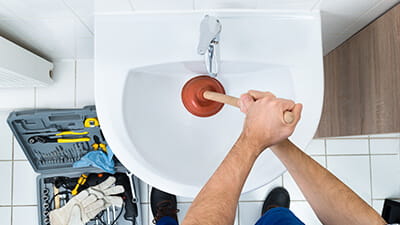
We’ll guide you through spotting a blockage, unblocking a drain and preventing further mishaps to avoid any damage to your home.
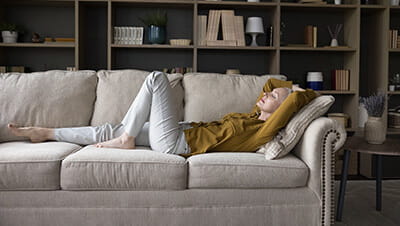
Take time to value all your possessions to ensure they’re fully covered.

Get the full picture on how new build home insurance works when you buy a home.

Carry on feeling safe and protected in the home that you live in and love, with home insurance tailored for the over 70s.

How to choose the right solar panels for your home and check what permissions or insurance you might need for solar panel installation.
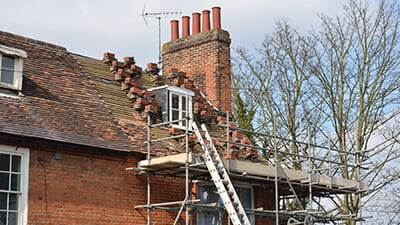
Find out whether roof leaks and repairs are covered by your home insurance.

From removing damp and mould to fire safety measures, learn about tenant rights in rental properties and which responsibilities lie with landlords.

Take a quick break and make sure you’ve got the right insurance for the type of work you do.
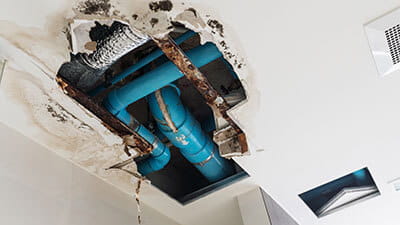
Limit the damage caused by water leaks and burst pipes in your home.